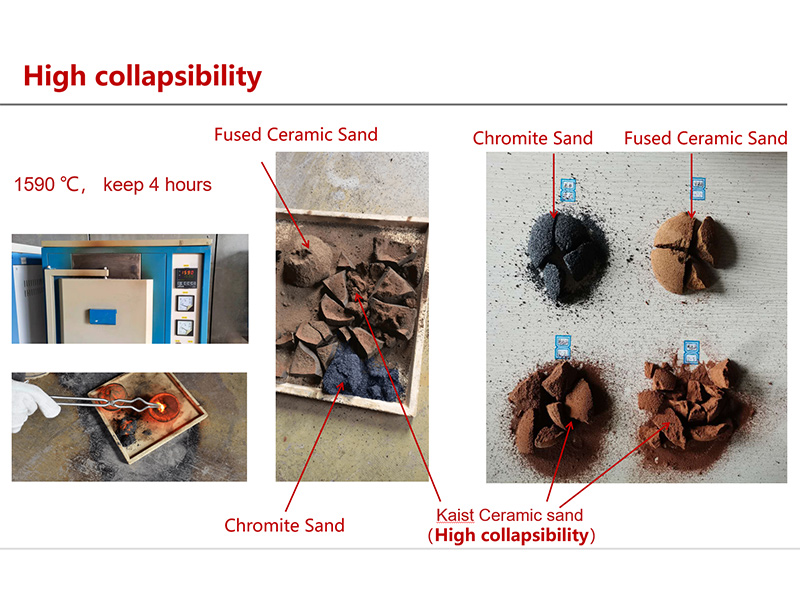The Sand Casting Process An Overview
Sand casting is one of the oldest and most widely used manufacturing processes for producing metal parts. This process involves pouring molten metal into a sand mold to create a desired shape. Renowned for its versatility and cost-effectiveness, sand casting is used across various industries, including automotive, aerospace, and heavy machinery.
The Sand Casting Process An Overview
To create a mold, the pattern is placed in a molding box, and the sand mixture is packed tightly around it. The mold is then removed from the box, and the pattern is taken out, leaving behind a cavity in the shape of the desired part. This is known as the cope and drag method, where the mold is created in two sections for easier pattern removal. After the mold halves have been formed, they are carefully aligned and secured.
describe sand casting process

Once the mold is prepared, it is time for the metal casting. The metal, typically in a molten state, is poured into the mold cavity through a system of channels called gates. The choice of metal can vary depending on the application, with common materials including aluminum, iron, and bronze. The pouring temperature and speed must be controlled to prevent defects such as cold shuts or air pockets in the final product.
After the molten metal has filled the mold, it is left to cool and solidify. The cooling time can vary based on the type of metal and the size of the part. Once the metal has cooled sufficiently, the mold is broken apart, revealing the cast object. This process often involves vibration or striking the mold to ensure the cast part is freed without damage.
Post-casting, the metal object may require additional finishing processes such as machining, grinding, or polishing to achieve the desired dimensions and surface quality. These processes enhance the functionality and aesthetic appeal of the final product.
In conclusion, sand casting remains a popular manufacturing technique due to its simplicity, adaptability to different metal alloys, and low production costs. Whether for creating complex shapes in a single piece or producing components in large volumes, sand casting continues to play a vital role in modern manufacturing. With ongoing advancements in materials and techniques, the efficiency and capabilities of sand casting are continually improving, solidifying its place in the industrial landscape.
Post time:Sep . 01, 2024 19:27
Next:Sandgussindustrie | Hochwertige Sandgusslösungen für Ihre Projekte
